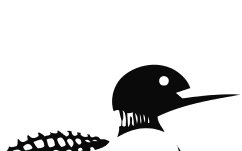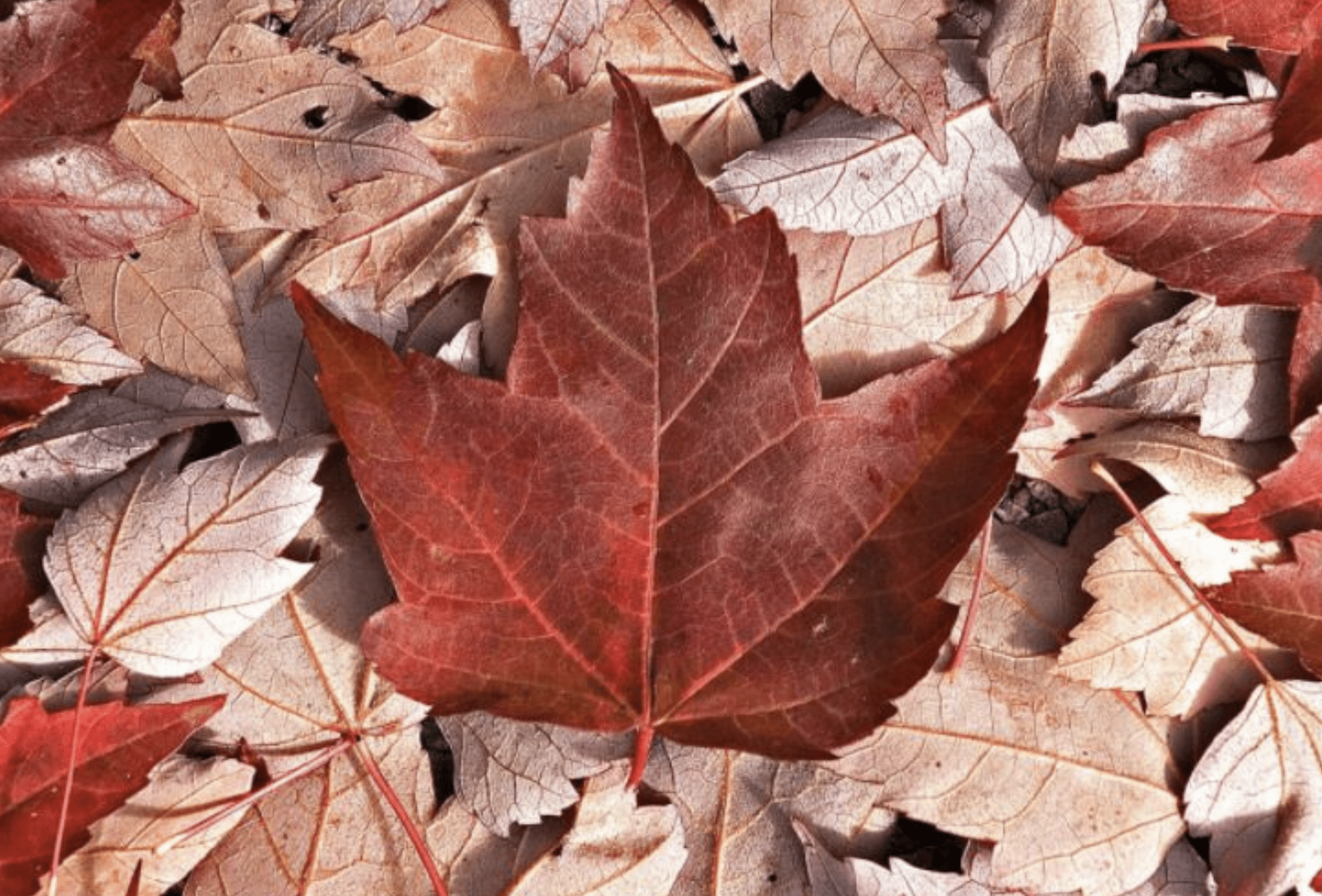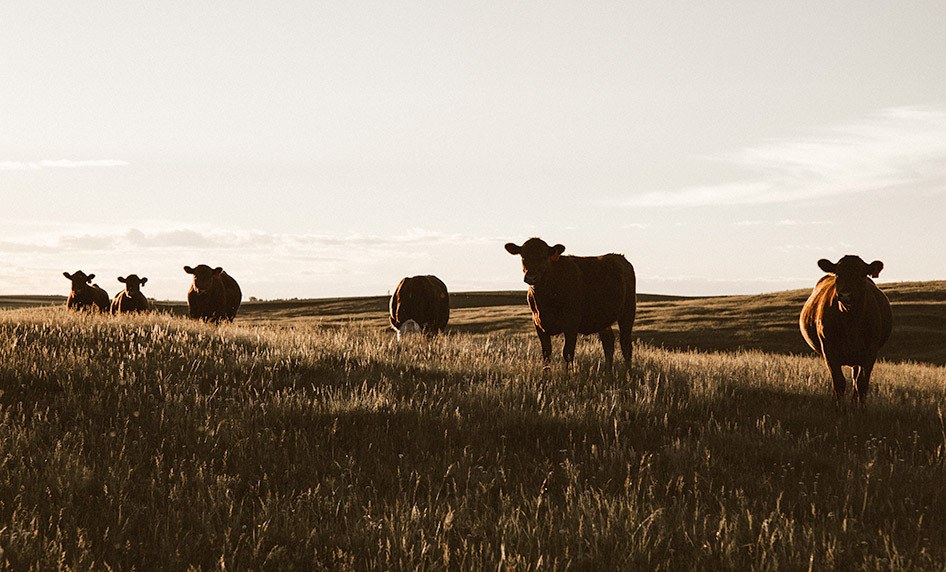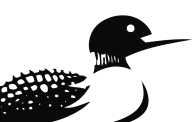
After some 20 people were killed in an Israeli strike on a hospital in Gaza Monday, media zeroed in on their new favourite narrative, implying that because journalists were among the dead, they were targeted. Indeed, the headline carried by the Globe and Mail above
read as if killing journalists was the point of the strike: “Multiple journalists killed by Israeli strikes on Gaza’s Nasser Hospital.” It wasn’t until several paragraphs into the story that it was reported that “Israeli troops fired two artillery shells at the hospital, targeting what they suspected was a Hamas surveillance camera on the roof.”
When civilians, including journalists, are killed in war, it is an inevitable, if tragic, consequence. This is particularly true in urban warfare against Hamas, which embeds its terrorist fighters in civilian infrastructure, using non-combatants as human shields as part of an effective communications campaign to smear Israel as uniquely bloodthirsty.
Western media are the intended targets for such propaganda and they largely oblige by gullibly regurgitating the Hamas perspective on the war: inflating casualty numbers, refusing to distinguish between civilian and combatant deaths, downplaying how the terrorist group uses hospitals and schools, and largely ignoring that Hamas started the war with the massacre of 1200 people in southern Israel on October 7, 2023.
Western reporters accept, frequently without question, the narrative pushed by anti-Israel media groups that journalists who are killed in Gaza were targeted because they are journalists. In reality, working as a war correspondent is inherently dangerous and always carries the risk of death. For example, the journalists killed in the attack on the hospital Monday may have, based on what can be gleaned from Reuters’ reporting, been killed after they “rushed to the scene” following the firing of the first artillery shell, but before the second shot.
Even so, an official statement from Reuters and the Associated Press displayed a wilful ignorance of context, where journalists were killed after running towards artillery fire. “We are outraged that independent journalists were among the victims of this strike on the hospital, a location that is protected under international law,” the statement said. As for hospitals being protected, perhaps the media organizations should assign a reporter to talk to Hamas.
Not only are well-understood risks associated with war journalism brushed aside when criticizing Israel, western media rarely bother to probe whether those killed are actually journalists, when they are often anything but.
In fact, nearly half of the 197 journalists —
listed by the Committee to Protect Journalists
— killed in Gaza and Lebanon since the October 7 attack, “worked for media owned by or affiliated with terrorist organizations,” according to analysis
by American journalist James Kirchuk.
These include “journalists” who worked for the Hamas-affiliated Al-Aqsa TV, the Islamic Jihad-run Al-Quds Al-Youm and the Hezbollah-owned Al-Manar.
Considering those who are doing terrorist propaganda as “journalists” allows Israel’s media critics in the West to inflate the numbers of reporters killed and self-righteously claim, with little proof, that Israel is attacking freedom of the press. It also lets them feel like they have a right to be even more aggrieved against Israel, because Israel is killing people “just like me.”
What’s worse is that when Israel does specifically target someone who works for a media company, it is because of evidence they also work directly for Hamas, evidence that is dismissed out of hand by western journalists, desperate to identify with any suffering in Gaza.
The latest was Anas Al-Sharif, who was killed on Aug. 10. Though he reported for Qatari-funded Al Jazeera, he was also, according to Israel, “an active Hamas military wing operative” and “received a salary from the Hamas terror group.”
According to
Israel obtained in Gaza and first published last October, Sharif joined Hamas’s military wing in 2013. According to a Times of Israel summary of the documents, Sharif “was certified as the team commander” of a “rocket launching squad in northern Gaza” on Jan. 1, 2019. Sharif was also listed as a member of Hamas’s Nukhba Force, a military company that, as the Times put it, “led the initial waves of attacks on southern Israel during the October 7, 2023, Hamas onslaught.”
Despite this, Sharif has been portrayed as a martyr in western media. A CNN headline
: “Anas Al-Sharif became the face of the war in Gaza for millions. Then Israel killed him.” A Globe and Mail
read, “Killing of Al Jazeera journalist in targeted Israeli strike draws condemnation,” and an opinion piece in the New York Times carried this headline: “He Was the Face and Voice of Gaza. Israel Assassinated Him.” In contrast, a National Post headline that identified Sharif as a terrorist attracted vitriolic reaction in Canada from activists, some of whom call themselves journalists.
For those working in a trade where skepticism is at its core, journalists are remarkably credulous when it comes to anything smearing Israel. There has been no outrage among western media at the fact Al-Jazeera appears to have multiple Hamas or Palestinian Islamic Jihad operatives on its payroll pretending to be journalists. Sharif was one of six
by Israel last October. Another was
Hossam Shabat, who Israel says was a Hamas sniper, and who was killed in March.
Previously, another Al Jazeera
, Ismail al-Ghoul, who was killed in January 2024, was also found to have been a member of Hamas and took part in October 7, according to intelligence Israel obtained in Gaza.
Evidently, it is too much trouble to ask Al Jazeera why it has so many accused terrorists working for it, especially when it is so much more satisfying for western journalists to demonize Israel.
National Post






















